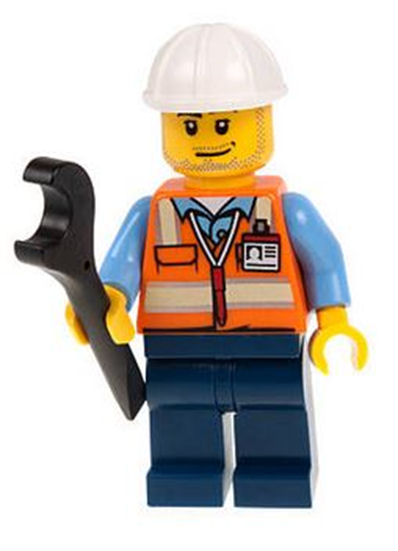
All types of constructions (buildings, bridges,...), machine frames (vehicles, wind turbines,...), robotic mechanisms and any other mechanical device must meet multiple structural requirements simultaneously. The wide range of criteria regarding ultimate and service limit states requires taking into account aspects such as stresses due to various combinations of actions, instability or buckling phenomena, vibration modes, dynamic response under transient loads or mechanical fatigue. These technical requirements are joined by others of an environmental, economic, durability or comfort nature. Furthermore, the high performance of current construction materials, increasingly resistant and lighter, means that dynamic aspects become more important in the resulting slender structures. Fortunately, experimental techniques and numerical models that allow evaluating whether or not all requirements are met have also evolved.
The Structural Dynamics Group has experience in modeling and simulation techniques, in static and dynamic tests, in calibration of computational models and in action modeling, including interaction, which allow sizing and estimating the performance of slender structures throughout their life. useful.Likewise, the group is an expert in the design and tuning of devices to increase structural damping and, more recently, in the installation of low-cost electronic systems that allow monitoring and evaluation of built structures, including the management of data and the generation of early warnings.
